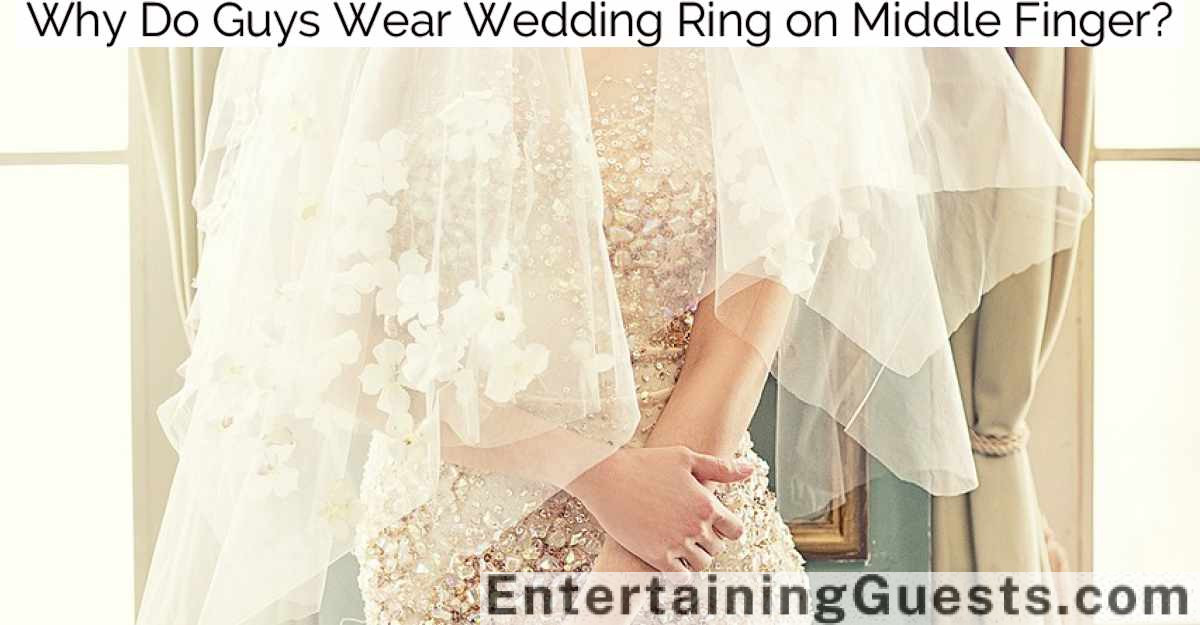Yes, men often buy their own wedding bands. The practice varies widely due to cultural traditions, personal preferences, and financial considerations.
In many Western cultures, it was traditionally common for the bride or her family to purchase the groom’s ring as a symbol of commitment. Yet, with changing societal norms towards more egalitarian views, an increasing number of men are choosing to either share the cost with their partner or pay for it entirely themselves, reflecting modern partnerships based on equality.
Personal style also influences the decision significantly, with options ranging from classic gold bands to more modern materials like tungsten, which are chosen based on durability and aesthetic preference.
This shift underscores a broader trend towards personalized and equal decision-making in relationships.
Historical Traditions Explained
Throughout history, the traditions surrounding who purchases the wedding band for the groom have varied considerably across cultures and eras. In many Western cultures, it has been customary for the bride or her family to buy the groom’s ring as a symbol of their commitment and readiness for marriage. This practice ties into the broader tradition of the dowry, where the bride’s family contributes financially to the union in various forms.
In contrast, some Eastern cultures uphold the tradition where the groom or his family bears the cost of all wedding jewelry, including his own band. This reflects a cultural viewpoint that emphasizes the groom’s role as a provider and supporter of the future household.
Interestingly, in Nordic countries, both partners often exchange simple bands when they get engaged, which they then continue to wear after the wedding. This shared responsibility in purchasing the bands symbolizes equality and mutual support within the relationship.
These varying practices highlight how deeply cultural beliefs and historical contexts influence marital customs. The person responsible for purchasing the groom’s wedding band offers insights into the values and social structures of different societies, painting a rich tapestry of human cultural diversity.
Factors Influencing Modern Choices
Several factors influence modern couples’ decisions on who buys the groom’s wedding band, reflecting broader changes in society and individual preferences. Today’s couples often prioritize personalization and symbolism in their choices. For instance, a couple might decide that each partner buys the other’s ring as a symbol of mutual care and commitment. This practice demonstrates a shift from traditional norms where the bride’s family often bore the cost.
Additionally, changing gender roles play a significant part in this decision-making process. As gender norms evolve, the significance of who purchases the ring can also change, reflecting a more egalitarian approach to marriage. Couples may view the selection and purchase of each other’s bands as an equal partnership, which aligns with contemporary views on marriage being a balanced union.
Cultural influences also markedly affect these choices. In some cultures, it’s traditional for the groom’s family to buy the ring as a part of the dowry or wedding gift. However, in multicultural societies, practices can vary widely, often leading to a blend of traditions that personalize the wedding experience.
These factors, among others, illustrate how the decision on who buys the groom’s wedding band is far from a standardized affair and is instead deeply personal and reflective of each couple’s unique values and backgrounds.
Financial Considerations
Many couples consider their financial situation when deciding who should purchase the groom’s wedding band. As wedding expenses mount, the allocation of funds becomes essential, and often, purchasing decisions are influenced by who’s the more liquid assets at the time.
It’s not uncommon for the groom to take on this expense, particularly if he’s a stable financial grounding, seeing it as a practical contribution to the shared costs of the wedding.
In some instances, the couple may decide to share the cost of the band, reflecting a move towards more egalitarian financial practices within modern marriages. This method can help mitigate the financial burden on one party, fostering a sense of partnership and mutual support.
Alternatively, families sometimes contribute to the purchase, which can alleviate personal expenses and is seen as a gesture of familial support for the union.
Financial planning for weddings isn’t just about immediate costs but also about setting a precedent for future financial management as a married couple. Discussions about expenditures on items like wedding bands can open dialogue on broader financial values and priorities, which can be significant for long-term marital harmony.
Personal Style and Preferences
Understanding personal style and preferences plays an essential role in selecting a groom’s wedding band. The choice of a wedding band reflects a man’s individuality and is often influenced by his everyday lifestyle. For instance, a groom who values comfort and simplicity might opt for a classic band with a smooth finish, while one who seeks to make a statement might prefer a band embellished with intricate designs or unusual materials.
Materials play a significant role in the selection process. Traditional choices like gold and platinum remain popular due to their durability and timeless appeal. However, contemporary materials such as tungsten, titanium, and even silicone are gaining traction among grooms who prioritize functionality and modern aesthetics. These materials offer unique benefits, like hypoallergenic properties or resistance to scratching, which are practical for men engaged in hands-on professions.
The width and fit of the band are also vital considerations. A wider band might suit a man with larger hands, while a slimmer band could be more comfortable for daily wear.
Ultimately, the decision is deeply personal and should align with the groom’s comfort and lifestyle to guarantee the band isn’t only a symbol of commitment but also a reflection of his personal style.
Cultural and Social Influences
Cultural norms and social expectations greatly shape a groom’s choice of wedding band. In many cultures, the selection process isn’t just a matter of personal taste but also involves adhering to traditions that may dictate the material, design, and even the cost of the band.
For instance, in some Eastern cultures, gold is often favored for wedding bands as it’s considered auspicious and symbolizes wealth and prosperity. Conversely, Western societies might lean towards platinum or white gold, reflecting modern aesthetics and durability preferences.
Family influence plays a significant role as well. In certain societies, families view weddings as the merging of not just two individuals but also two families. This perspective can lead to family members having a say in the choice of the wedding band, ensuring it reflects familial status or heritage.
It’s not uncommon for a groom to wear a band that’s been passed down through generations as a family heirloom.
Moreover, social trends influence decisions too. The rise of ethical consumerism has seen an increase in demand for bands made from recycled materials or sourced from conflict-free zones.
Grooms today are more informed and conscious of their choices, balancing tradition with modern values and ethical considerations.
Conclusion
To sum up, while historical traditions have often guided the purchasing of wedding bands, modern men are increasingly taking the reins. Influenced by financial realities, personal style preferences, and evolving cultural norms, today’s grooms are actively choosing and buying their own rings. This shift not only reflects a broader trend towards personalized wedding elements but also underscores the importance of individual expression within the context of matrimonial commitments. Ultimately, the decision is a personal one, resonating deeply with contemporary values.




